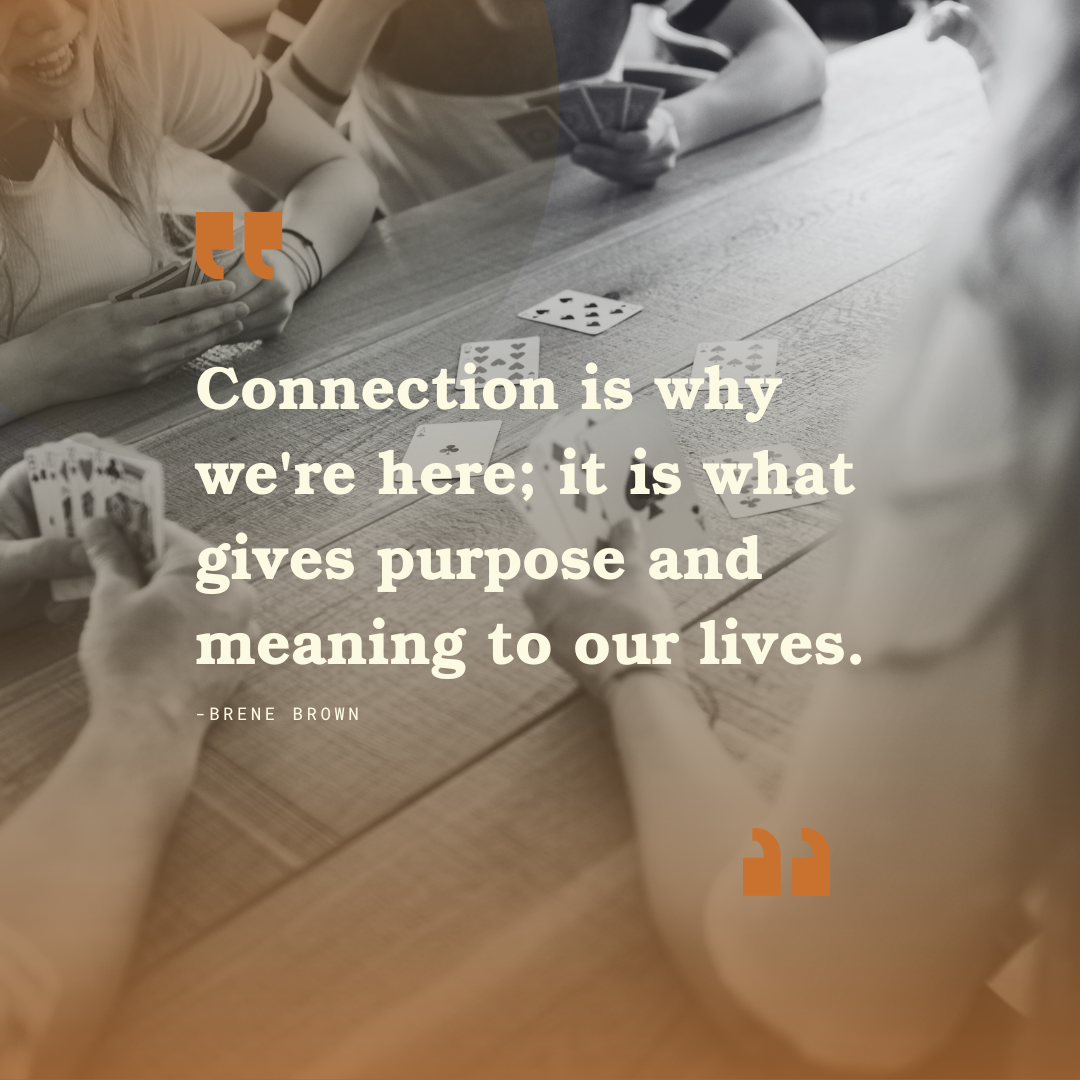More Spades, Less Charts: The Real Impact of Relationship Building
As V&FT's Community Development Director, I get to wear a lot of hats. Being part of a small nonprofit requires constantly balancing which hat to put on and when. My favorite aspect of this job, the best hat I get to put on, is relationship building, especially with foster youth. Before I dive into that, let me address an essential part of all nonprofits that no one likes talking about: data.
Data gathering can sometimes feel tedious, but it’s essential because, without it, the chances of securing grant funding and effectively communicating with the board and potential donors are slim. As someone who loves systems and organization as much as relationship building, I do enjoy data gathering, to the point of annoying my co-workers, even though they’re too polite to say that. However, one of the hardest parts of my job is quantifying some of the most important work we do: cultivating community with the populations we serve.
How do I communicate in numbers when a teenager looks across the table at me and says, "I’d love for you to keep coming to visit me," or when they learn a new card game to show me after we've played hours together in the various spots they’ve landed? How can I find the right way to collect data on when a teenager says an event was "bussin," or when I get a call for advice after hours so they don’t blow up at their boss like they have in the past, or receive a texted picture showing how well they’re doing? How can I communicate in an annual report how a resident of our local shelter grabbed my hands and said she had hope for the first time in a long time? Data collection is essential for tracking progress and identifying needs, but it doesn’t overshadow the human element of care.
I can tell you all the numbers of youth and community members that came to our events, talk all day about survey responses, the impact of emergency funds from donors, and the adjusted poverty levels that contribute to the struggles of our community in Loudoun County. What I can’t do is show in numbers the increased sense of belonging and community that’s being built. When people feel less like a "case" and more like a valued person, we all win. Relationship building is the key to transforming lives, and while data helps us navigate, it’s the human connections that truly make the difference.

